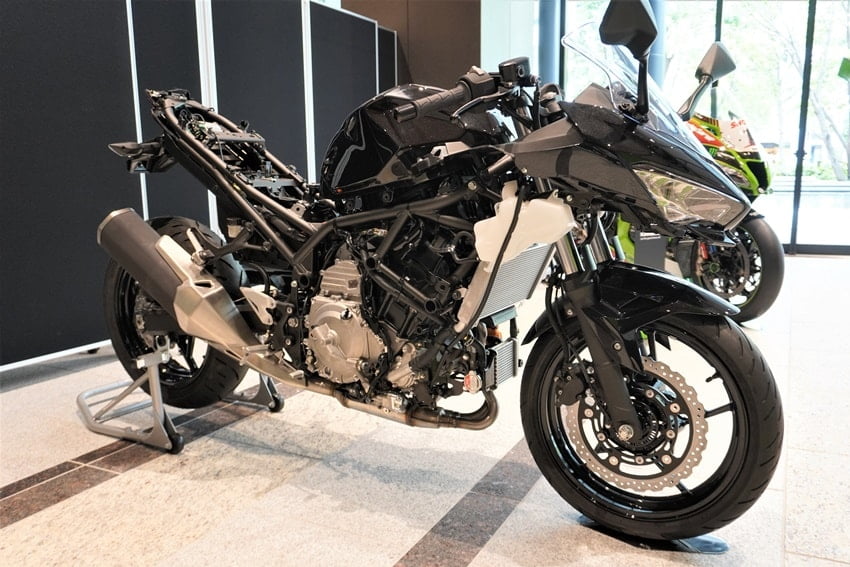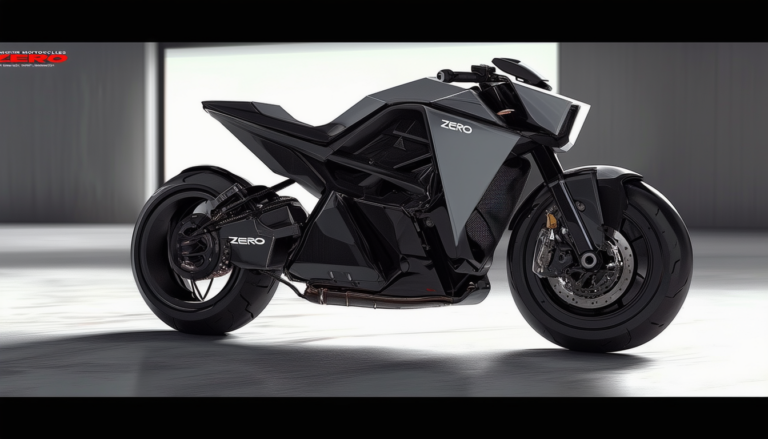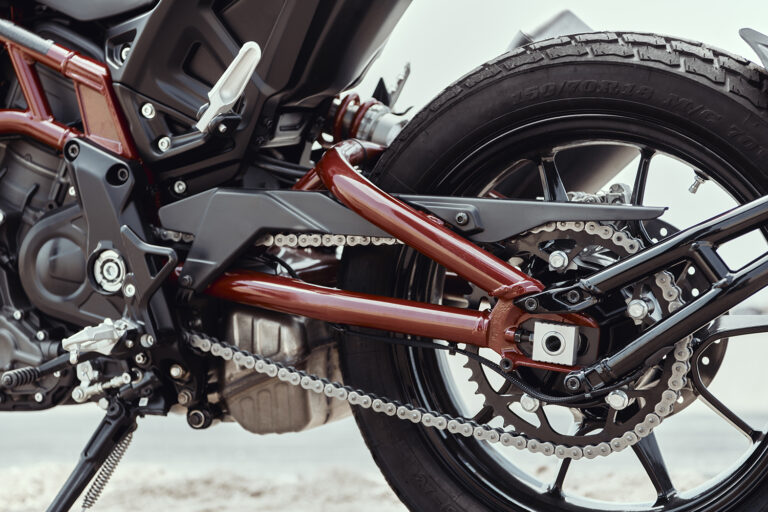how hybrid motorcycles are set to outshine fully electric models

The motorcycle industry is entering a new era where hybrid motorcycles challenge the established order of fully electric models. In a market driven by innovation and adaptability, the blend of traditional combustion and electric propulsion has emerged as a sophisticated alternative. This evolution brings an improved range, dynamic performance and a design that resonates with riders looking to bridge the gap between the past and the future.
Hybrid motorcycles set to outshine fully electric models
Industry experts observe that hybrid technology is transforming the riding experience. City streets benefit from the quiet efficiency of electric motors while long-distance roads feel the robust thrust of combustion engines. Trailblazing models from Kawasaki like the Ninja 7 Hybrid and Z7 Hybrid set the pace, and innovations from Yamaha with its FZ-S Hybrid further consolidate the trend. Discover more about Yamaha’s breakthrough technology in Yamaha FZ-S Hybrid.
Autonomy and performance reimagined
The balance between electric quietude and combustion power defines the new breed of motorcycles. In metropolitan settings, the electric component reigns with minimal noise and emissions, while on highways, the thermal engine delivers ample power to escape the confines of city limits. A feature like the e-boost button in Kawasaki models demonstrates how a brief surge of extra horsepower can facilitate swift overtakes. Articles such as comparative performance analyses reveal that this duality marries efficiency with the adrenaline of traditional rides.
Balanced design: power without compromise
Hybrid motorcycles are engineered to offer the reliability of conventional fuel systems alongside the enhanced efficiency of electric drives. Riders benefit from an impressive range that rivals their fully powered counterparts without the burden of heavy batteries. This equilibrium is embraced not only by BMW and Harley-Davidson but also by emerging creators like Suzuki and Ducati. Insights on this design philosophy can be found in discussions on urban mobility solutions.
Distinct engines for city and highway
The concept of dedicating separate roles to two power units finds its strength in versatility. In urban environments, the silent electric motor offers a smooth ride with no emissions, while the combustion engine springs to life on open roads, delivering that familiar rumble and surge of power. With a strategic boost feature in select Kawasaki models and complementary innovations in Triumph, KTM and Zero Motorcycles ranges, the dual approach is redefining what a motorcycle can achieve. Such contrasts not only improve safety and reliability but also ensure optimal responsiveness on demand.
Simplified maintenance with robust engineering
The integration of thermal and electric systems might seem daunting but is backed by rigorous engineering that ensures durability. Advanced solutions such as Yamaha‘s SMG system and insightful developments from Honda underscore this progress. The design minimizes maintenance complexities without sacrificing the thrill of riding. For enthusiasts interested in how traditional mechanisms blend with innovative tech, resources like Honda’s engineering breakthroughs provide valuable perspectives.
Ease of upkeep in dynamic urban environments
Hybrid motorcycles ensure a seamless riding experience by integrating systems that work in harmony. Daily commuters and long-distance travelers alike enjoy the practical advantages of not having to plan routes around charging stations. The reliable performance is a testament to the design philosophies adopted by industry leaders. This balance between innovation and practicality ensures that riders can focus on the ride while the technology quietly manages efficiency and durability.






